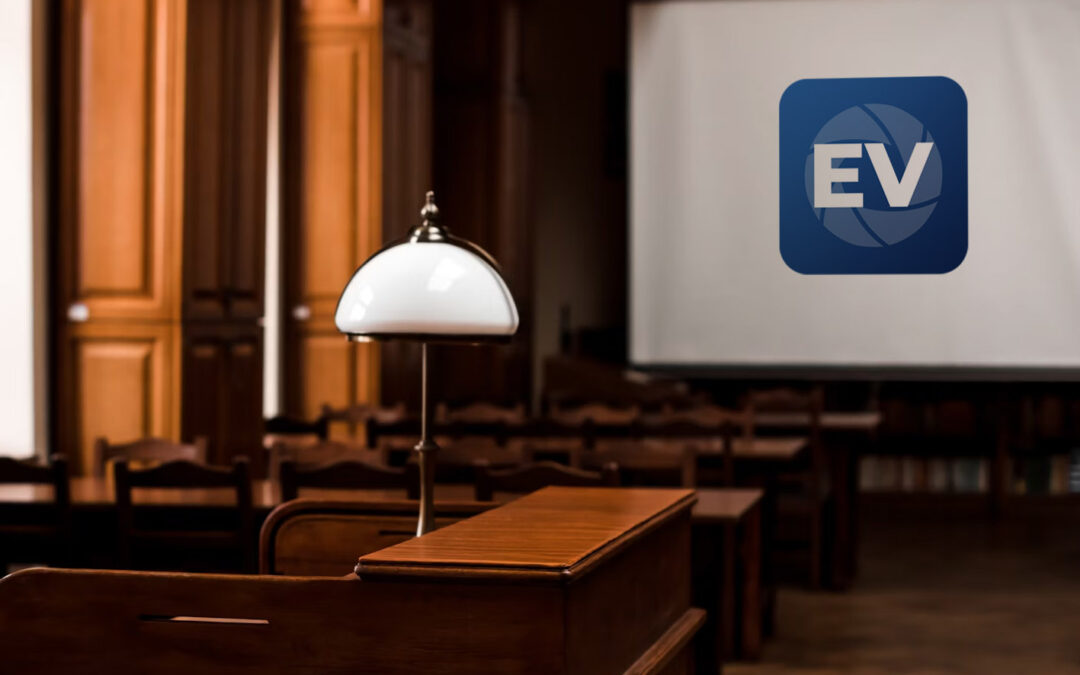High-quality trial presentations help you succeed in legal proceedings.
Exactly How Test Presentations Enhance Your Debate and Persuade Jurors
Test presentations work as an essential device for enhancing legal arguments and persuading jurors. By incorporating visual help, narrative frameworks, and psychological interaction, attorneys can develop an engaging instance that resonates on numerous levels. The strategic use of visuals not only clears up complex information yet additionally catches jurors' attention better than words alone. The art of storytelling plays an equally essential function in transforming valid evidence right into an engaging narrative, forming jurors' perceptions. Recognizing these aspects can considerably impact test outcomes, elevating the question of just how each element adds to this complex dynamic.

Relevance of Visual Aids
Aesthetic aids play a crucial duty in improving the effectiveness of test presentations, as they can significantly boost audience involvement and retention of info. In the context of a test, where jurors are charged with processing complicated information, aesthetic aids offer to simplify and clear up bottom lines. Charts, charts, and images can communicate data and ideas that might otherwise bewilder or confuse jurors, permitting a more simple understanding of the evidence provided.
Moreover, visual aids aid in maintaining juror focus throughout the proceedings. By breaking the uniformity of verbal statement, these devices can punctuate vital arguments, making them much more remarkable. Effective visual help can also evoke psychological responses, which can be critical in encouraging jurors to align with the presenter's narrative.

Crafting Compelling Stories
An engaging narrative is necessary in test presentations, as it serves as the foundation of efficient persuasion. It allows attorneys to weave together facts, evidence, and emotional aspects right into a coherent story that resonates with jurors. This narrative framework makes it possible for jurors to understand the intricacies of the situation while assisting them with the lawyer's disagreement.
To craft an engaging narrative, attorneys need to concentrate on clarity and comprehensibility. This involves establishing a clear protagonist-- often the client-- and detailing their journey via the occasions in question. Providing the realities in a rational sequence boosts comprehension and preserves engagement. In addition, making use of vibrant descriptions can create psychological photos that help jurors picture the occasions, making the narrative extra memorable.
Additionally, integrating crucial themes throughout the presentation reinforces the core message and aids in retention - trial presentations. The narrative ought to not only communicate information but also stimulate a feeling of justice, highlighting the stakes included. Eventually, a sound narrative fosters a connection in between the jurors and the situation, positioning the attorney's disagreement as both reliable and compelling, consequently enhancing the likelihood of a beneficial decision

Involving the Court Psychologically
Reliable court interaction rests on the lawyer's ability to get in touch with jurors on a psychological level. This connection can significantly affect jurors' assumptions and their best decision-making. Making use of psychological allures permits lawyers to humanize the instance, transforming abstract legal principles right into relatable experiences. By offering real-life tales or testimonies, attorneys can evoke compassion and compassion, promoting a much deeper understanding of the concerns at stake.
Visual help, such as pictures or videos, Get the facts can further enhance psychological involvement, offering jurors with vivid representations of the situation's human components. Crafting a narrative that highlights the battles and accomplishments of the individuals involved guarantees that jurors see beyond the lawful debates and acknowledge the human effects of their choices.
A lawyer's enthusiastic shipment can resonate with jurors, enhancing their psychological financial investment in the case. It's essential to stabilize psychological allures with accurate evidence, guaranteeing that jurors feel obliged to act while staying grounded in the fact.
Structuring Your Discussion

The body of the presentation official source should be logically fractional right into essential factors, each supported by compelling proof. It is advantageous to make use of narration techniques to weave realities into a story that jurors can quickly adhere to. Visual help, such as graphes and videos, can boost comprehension and involvement, assisting to highlight critical items of evidence.
Real-World Instance Studies
Analyzing real-world situation researches provides indispensable insights into the art of test discussions and persuasion. The protection group effectively utilized a method that incorporated top-level expert testimonies with multimedia presentations, which captivated jurors and eventually influenced their choice.
One more notable example is the "McDonald's Coffee Situation," where the plaintiff's attorneys used graphic pictures of the injuries endured by Stella Liebeck. trial presentations. This raw aesthetic proof played a crucial role in conveying the severity of her burns, resulting in a significant jury award. Such cases demonstrate that impactful trial presentations often depend upon my company the effective assimilation of visuals and narration to stimulate psychological actions from jurors
Additionally, the "Casey Anthony Trial" highlighted the significance of narrative coherence and credibility. The prosecution's failing to develop an engaging timeline lessened their influential power, highlighting the requirement of a well-structured presentation. Analyzing these instances exposes that successful trial discussions need tactical planning, psychological interaction, and the ability to reverberate with jurors' worths and beliefs.
Conclusion
Test discussions considerably enhance debates and convince jurors through the critical use visual help, compelling stories, and psychological engagement. By streamlining complicated information and cultivating links with the audience, these components create a remarkable and impactful experience. A well-structured presentation balances sob stories with accurate evidence, inevitably resonating with jurors' worths. The integration of these strategies not only affects decision-making but additionally highlights the importance of efficient communication in the court.